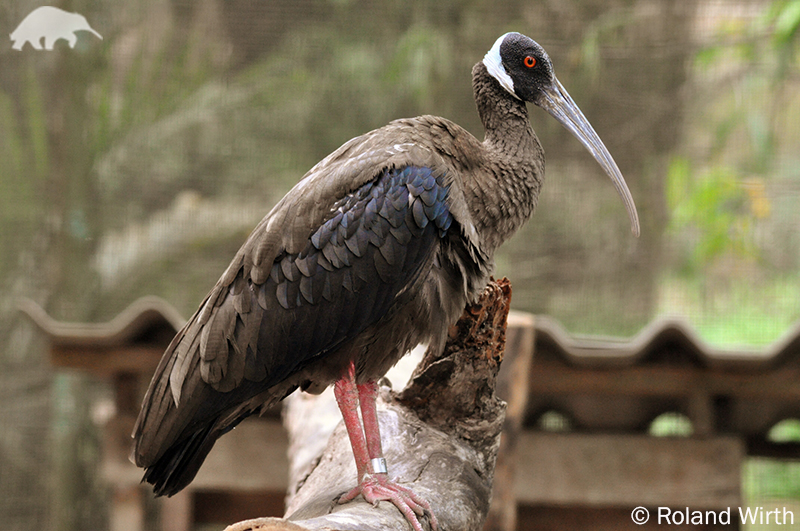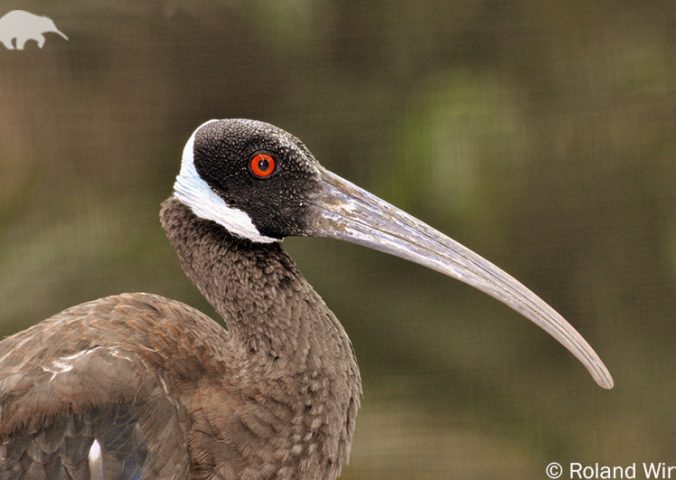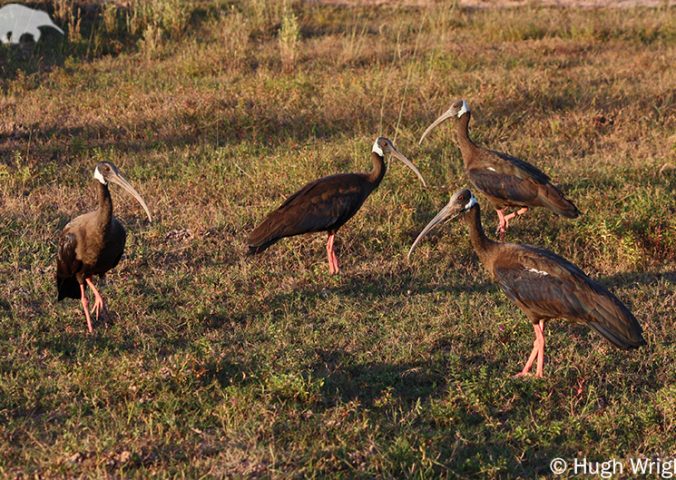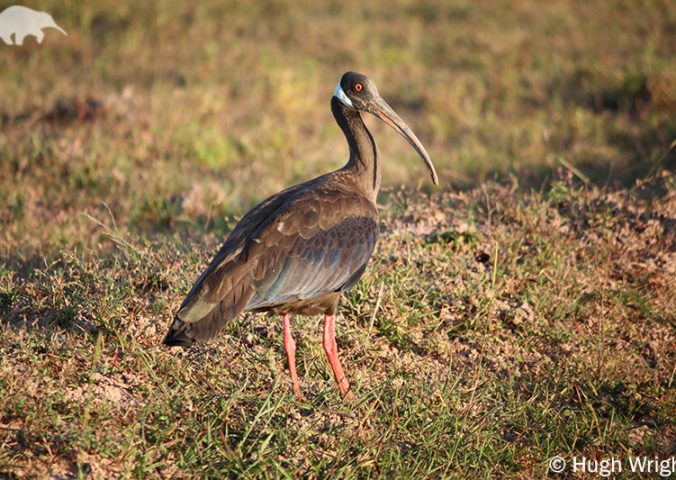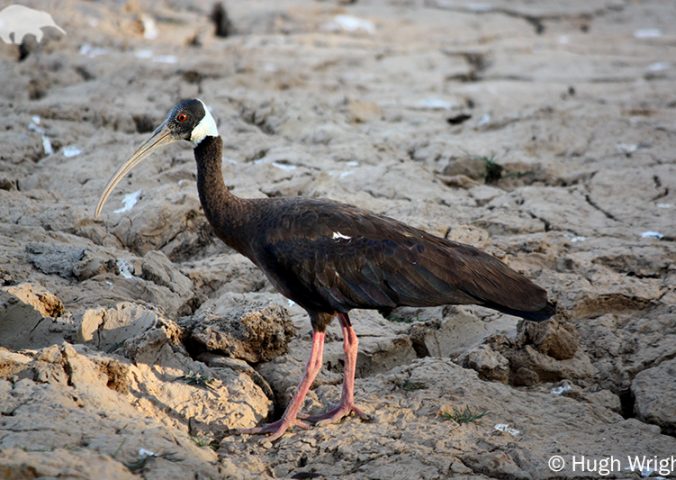About
The White-shouldered ibis is a wading bird of the Threskiornithidae family, possessing the long, downward curved bill typical of this family.
Its long, down-curved bill is perfectly adapted for foraging in water and mud and for probing in cracks in dry ground. Described as the most threatened water bird in Southeast Asia, this once widespread ibis declined rapidly during the 20th century. This was due to the combined effects of deforestation, drainage of wetlands, hunting, general disturbance, and the intensification of agricultural practices in rural areas. This critically endangered species now survives as an extremely small and fragmented population, estimated at just 670 adults. Disturbance and persecution are thought to pose the greatest threats today, making recovery of this species almost entirely dependent on change in human behaviour.
- Order: Pelecaniformes
- Family: Threskiornithidae
- Population: 1,000
- Trend: decreasing
- Size: 75-85cm
EDGE Score
Distribution
This species is patchily distributed across many sites in northern and eastern Cambodia, southern Vietnam, extreme southern Laos, and east Kalimantan (Indonesian Borneo).
Habitat and Ecology
This species’ inhabit wetlands, grasslands, and slow-flowing watercourses. It also frequents open, level, lowland forest subject to seasonal flooding, such as the deciduous forests in Indochina. They are active during the day, and predominantly a tactile feeder, submerging their long down-curved bills into water and mud and probing cracks in dry ground. They prey on insects, snails, worms, larvae, pupae, tadpoles, small crustaceans, lizards, small mammals and birds.
